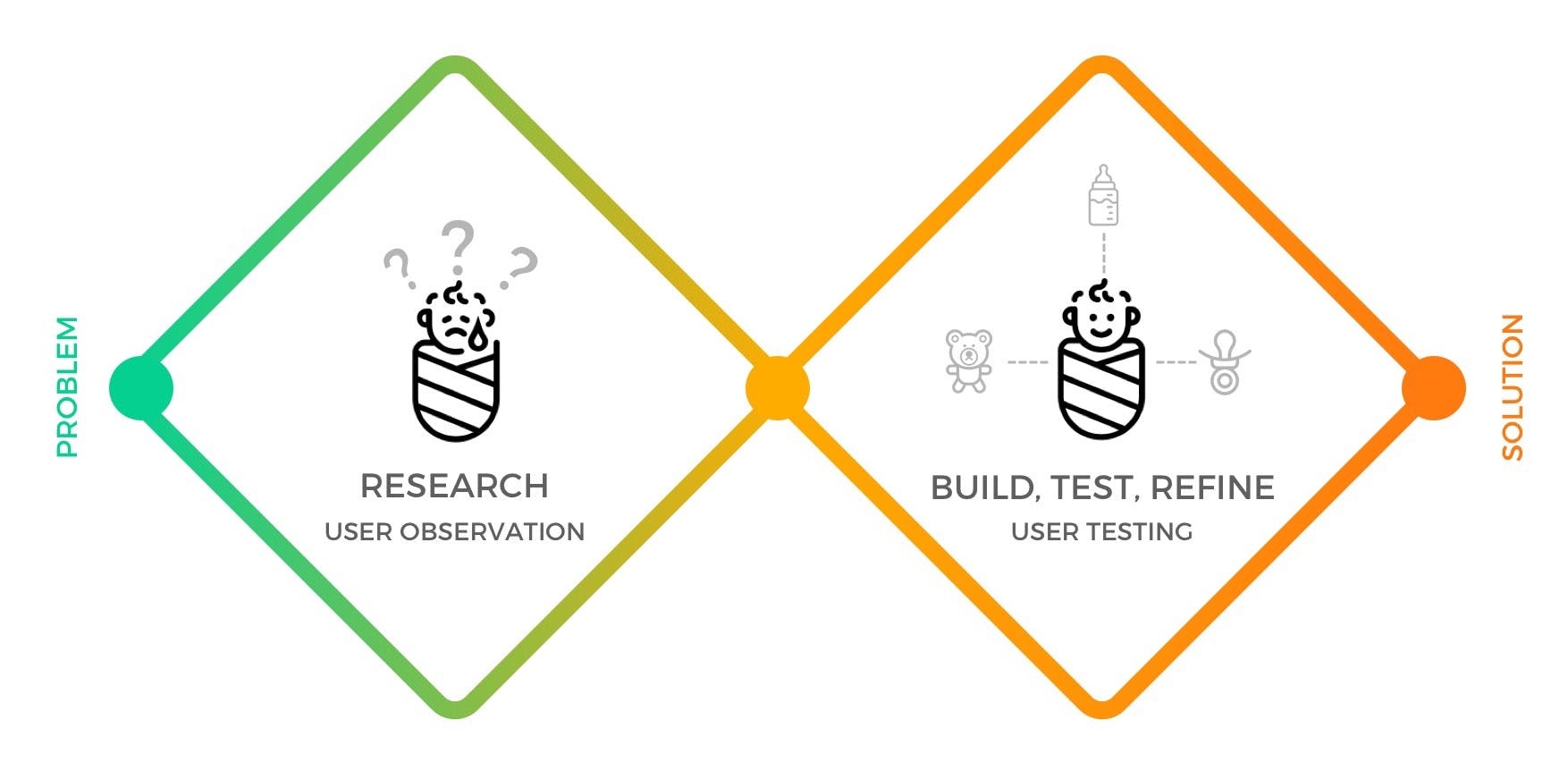My 19 weeks of maternity has been a very rewarding experience for me as a first-time mom. Interacting with a baby at home alone may seem easy but in actual fact, it is extremely challenging and you can often feel clueless because you are dealing with a new human being.
In retrospect, this nearly half a year spent away from my work in PALO seemed to me like a whole UX process, with my son being the “user”. From birth till late infancy, I’ve noticed that parents are actually problem-solvers for our children. We are constantly discovering new problems, defining what it is, and solving it by putting a new method to the test. Needless to say, this process is often evolving.
User Research — Baby Research
Before embarking on a new project, UX designers often have assumptions about our users. Likewise, as a mom, I began by assuming a later bedtime will result in your child sleeping longer, while cutting down the number of naps will also result in better sleep. To my surprise, there are tons of research indicating that a baby sleeps almost 14-17 hours daily in order to develop both mentally and physically. Babies with later bedtimes are at a higher risk of developing motor, language, and social deficits.
User research is one of the main components of the UX process. We often think of our users first and start with many assumptions & hypotheses. We would then narrow it down by doing research not limited to interviews, focus groups, and contextual interviews.
User Observation — Observing your baby’s cue
As parents, we have to master the art of mind-reading! A baby’s way of communicating is through crying and there are times where trying all sorts of ways to pacify them such as such giving milk, playing peekaboo, and more just results in frustration. This is the hopeless moment when you will begin speaking to your child: “Please tell mommy what you want!”
So, putting myself in the UX designer position, I started to observe every single behaviour he makes and this is what I discovered:
- If he rubs his eyes, yawn, and cry, this means he is tired
- If he cries uncontrollably, this means he is hungry
Being observant is an important trait for a UX designer. You are often placed in an environment/project that requires you to obtain information by uncovering insights through non-verbal communication.
User Testing — Plan A and Plan B
Our morning routine starts with meal > warm bath > nap but I’ve observed that he doesn’t really nap well after a bath. He also usually has no appetite for his first feed of the day too. To remedy this, my husband and I decided to change it up with play > warm bath > meal > nap and guess what… It worked for us!
In the UX world, it is important to validate our insights by testing it with our users. Ultimately, it is all about our users right?
Parenting is an iterative process
There is no one-size-fits-all approach. Children are growing every day and their needs differ by the minute. Similarly, parenting is as challenging as dealing with a client who has no idea what product/features they want to build, so it’s critical for us to work closely with them to uncover what they need.

Just like parenting, UX is an iterative process. When you think you’ve finally understood your users, it may turn out to be the other way around. This is what makes our job (UX designer & parents) so rewarding and fulfilling.

